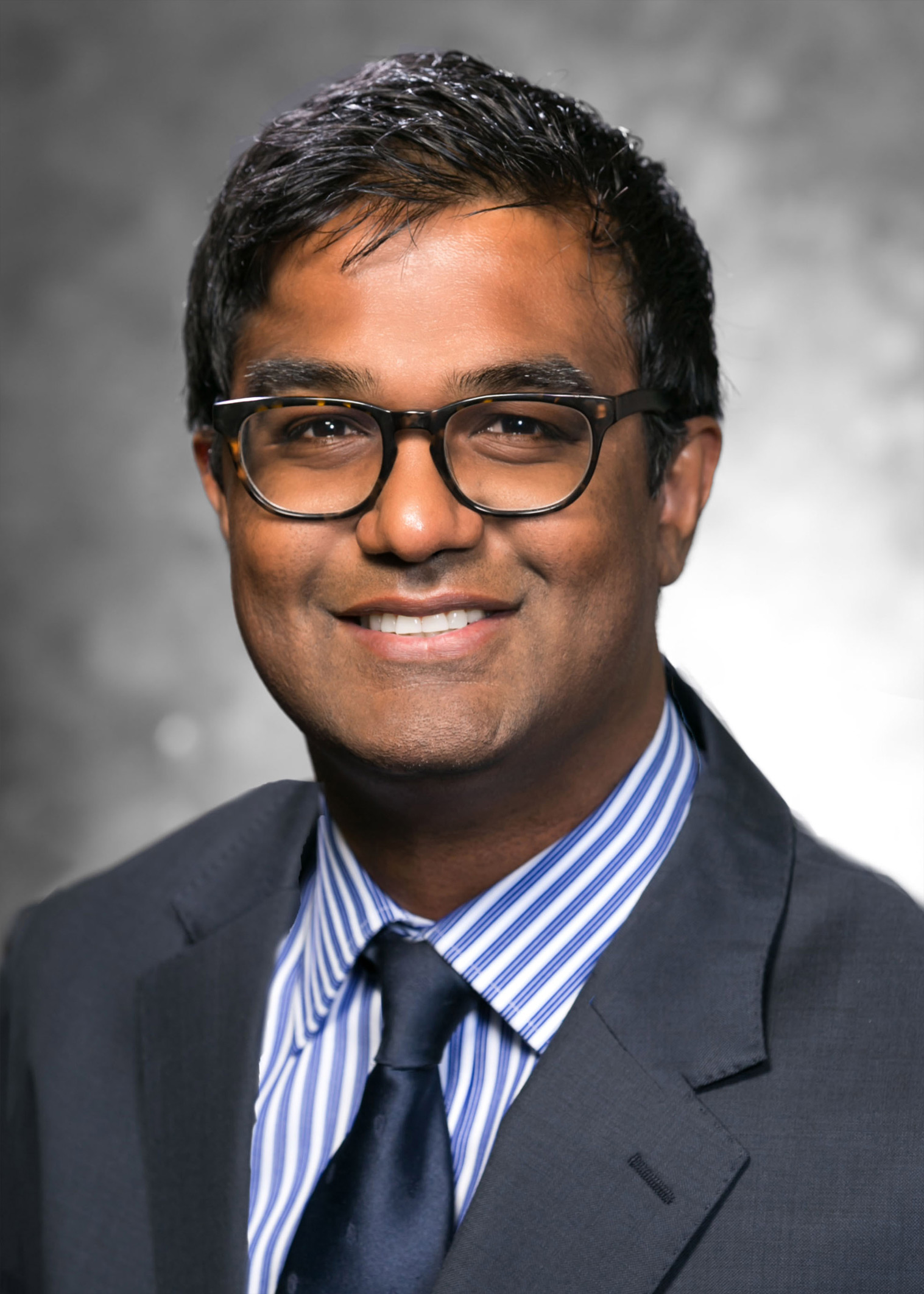Robotic Bronchoscopy Screening
Monarch Robotic Bronchoscopy
With the Monarch Bronchoscopy System, our team is able to perform lung endoscopies with more control and precision than ever before, and can diagnose small, hard-to-reach nodules in the periphery of the lung. This lets us treat cancer in its earliest stages, when treatment is most likely to be successful.
Monarch Robotic Bronchoscopy
With the Monarch Bronchoscopy System, our team is able to perform lung endoscopies with more control and precision than ever before, and can diagnose small, hard-to-reach nodules in the periphery of the lung. This lets us treat cancer in its earliest stages, when treatment is most likely to be successful.
First in New Jersey, Forever Changing Lung Cancer Outcomes.
Lung cancer is one of the leading causes of cancer death worldwide — in part because it has no symptoms in its early stages. So by the time it is detected, it becomes much more difficult to treat. But now, AtlantiCare is the first and only hospital in New Jersey able to detect lung cancer earlier than ever — thanks to the Monarch Bronchoscopy System.
Why Monarch Robotic Bronchoscopy?
Traditionally, hospitals have relied on a manual bronchoscopy procedure to diagnose and remove lung nodules — which are small cancerous masses. While this is effective, it is less likely to detect smaller or hard-to-reach nodules, which can delay a lung cancer diagnosis and ultimately require a more involved treatment plan.
But with the Monarch Bronchoscopy System, our team is able to perform lung endoscopies with more control and precision than ever before, and can diagnose small, hard-to-reach nodules in the periphery of the lung. This lets us treat cancer in its earliest stages, when treatment is most likely to be successful.
How Does Robotic Bronchoscopy Work?

Lung endoscopy
A bronchoscope is a type of endoscope — a flexible tube that, in this procedure, is inserted through the airway and into the patient’s lungs. This is painless, and the patient is under anesthesia the entire time.

Seek, find, remove
During robotic bronchoscopy, doctors use a tiny camera at the end of the tube to view and navigate through the lungs and take tissue samples for biopsy, which will tell them whether a patient has cancer.

Robots with humans at the helm
Doctors guide the robot using a controller-like interface, aided by 3D models of the patient’s actual lung anatomy. This allows for more dexterity and control as they reach the external boundaries of the lung.

Same-day. Minimally invasive.
The entire process usually takes between four and six hours, and the bronchoscopy procedure itself lasts less than an hour. Once complete, results will be available within a few days — or slightly longer if a tissue biopsy was done.
ROBOTIC BRONCHOSCOPY. HUMAN EXPERTISE.

Amit Borah, MD
Interventional Pulmonology
Learn more about Dr. Amit Borah
This leading-edge technology would be nothing without the leading-edge team behind it. Our cardiothoracic experts deliver diagnostic data with direct observation examination and pinpoint biopsy sampling — leading to an earlier and more accurate diagnosis and higher chances of successful treatment.
Leading the team at AtlantiCare’s Lung Nodule Clinic is Dr. Amit Borah, the area’s first full-time interventional pulmonologist. Dr. Borah championed the Monarch Bronchoscopy System as part of his push to use more minimally invasive and non-surgical techniques for diagnosing and managing lung nodules, masses, infection, inflammation and other problems. Since being adopted by AtlantiCare, the technology has completely transformed our diagnostic outcomes.
Lung Cancer Symptoms
Symptoms of lung cancer can mimic symptoms of other illnesses, so it’s crucial that you tell your provider ASAP if you experience any of the following:
- General feeling of not being well
- Extreme fatigue
- New persistent cough
- Shortness of breath
- Hoarseness
- Chest pain
- Headache
- Bone pain
- Unintended weight loss
- Coughing up blood
A Great Leap Forward
This advancement promises to unlock a brighter future for our lung cancer patients — with a cancer so deadly yet so difficult to detect early, a robotic bronchoscopy procedure can save your life.